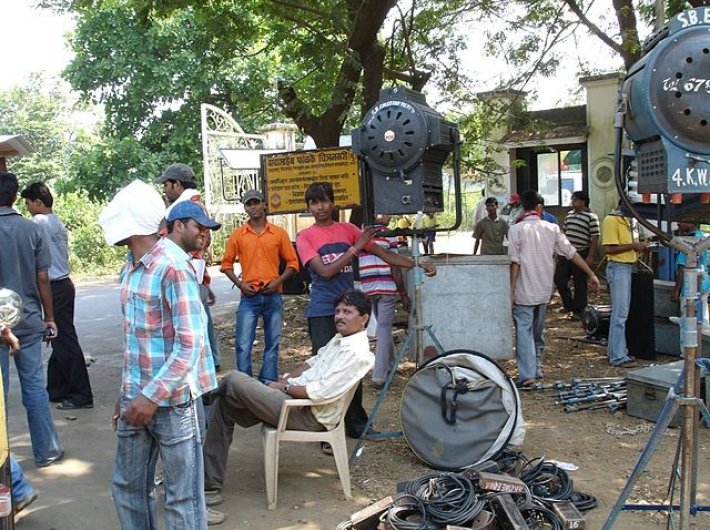The new platform of entertainment is a great business proposition, and it should be have a hub close to Bollywood
OTT is here to stay. Even after Covid restrictions are lifted to open cinema halls and multiplexes, customers will still continue to subscribe to the OTT platform for its user-friendly formats, privacy and most importantly, anytime anywhere convenience. Aided by cheap data plans, Indians spent about 5 hours daily on smartphone, as per the Mobile Broadband India Traffic Index (Mbit) 2021. An exponential growth of the sector is expected due to a steep rise in the numbers of smartphone users and likely to get a further boost with 5G-enabled low-cost smartphones expected soon in the market, being planned as cheapest smartphone anywhere in the world.
The revenue potential for OTT is promising. As per a study of transaction advisory RBSA, the OTT video market now estimated at US$1.5 billion is likely to touch US$12.5 billion by 2030, i.e., nearly 10 times in next 10 years. Its importance as an independent genre of creative art has been recognised with Filmfare having already launched first ever OTT awards.
Mumbai as the headquarters of Hindi movies popularly known as Bollywood has a natural and distinct advantage. It is learnt that Maharashtra is conceptualising the concept of an OTT park like IT/ITes parks. This is a timely initiative. The last time the government helped Bollywood in a big way was way back in 1977 with the creation of a Filmcity in Goregaon. The prolonged indifference of successive administrations to promote Bollywood as an industry by investment in infrastructure, logistics and other support and incentives has encouraged other states in recent times to make efforts in taking away part of Bollywood by offering alluring incentives, drawbacks and concessions. This should be a wake-up call for Mumbai. A nascent industry like OTT needs to have proximity and care of the big brother Bollywood and dedicated infrastructure support for shooting, postproduction activities and data centres.
OTT has been a great leveller in giving access to movies of all genres to viewers across India, and in fact even beyond India. Just as an example, Netflix India’s Tamil anthology film ‘Navarasa’ reportedly made it to top 10 in as many as 10 countries as of August 14, 2021, including India, Malaysia and Sri Lanka. The southern cinema, on OTT, has recently been very effective in attracting pan-Indian viewers. Content is the king ruling beyond linguistic boundaries of states.
So, there is a huge market with immense possibilities. Global streaming platforms like Netflix, Amazon and Disney HotStar are already there in addition to Zee5, SonyLIV, AltBalaji and others. The average revenue per user (ARPU) in 2021 is estimated at US$7.2. The user base is increasing at CAGR of 20%. The exponential growth in OTT will have direct impact in creating job opportunities for many. It will also give encourage artistes in several categories and there is a need for having a creative academy to nurture and manage the talent spread across India.
Mumbai has lost initiatives in the past and many sectors have moved away to other centres. It is time to put its act together and make all the facilities and infrastructure to meet functional requirements of this sunshine sector accessible at affordable costs with exciting incentives and tariffs. By 2030, let us make the city of dreams to include a mega OTTICITY to assimilate the streaming dreams from nook and corner of the country and abroad.
Mishra is a columnist.
